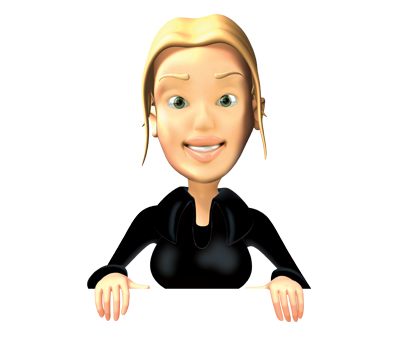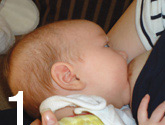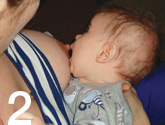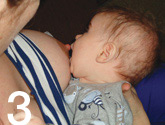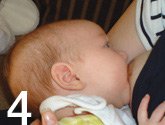Baby’s immediate needs are to feel safe and secure, and to be able to feed whenever hungry. Holding your baby close to feed and responding to their needs encourages healthy brain connections. Most of this development will occur within the first two years. Responsive parenting will enable your baby to reach its full potential, to be able to form good relationships and communicate well, giving them the best start in life.
Safety advice and sterilising
- The cleaning and sterilising instructions are the same, whether you are using expressed breast milk or infant formula milk.
- All the equipment you use for bottle feeding your baby needs to be washed in hot soapy water, rinsed and sterilised. You need to keep sterilising your feeding equipment until your baby is at least six months old.
- Infections (like gastroenteritis) are rare, but if they do occur, can be very serious.
Making up a bottle of formula milk
- Wipe down the work surfaces you are going to use with a clean cloth.
- Wash your hands with soap and water.
- Read the instructions on the tin or packet to find out how much water and milk powder you will need.
- Always fill the kettle with fresh water from the tap. Do not use bottled mineral water or artificially softened water.
- Boil the kettle and leave it to cool for no longer than 30 minutes. It is important that the water is still hot, otherwise any bacteria in the milk powder may not be destroyed. Always take care, as at 70°C water is still hot enough to scald.
- Always check the temperature before feeding it to your baby.



